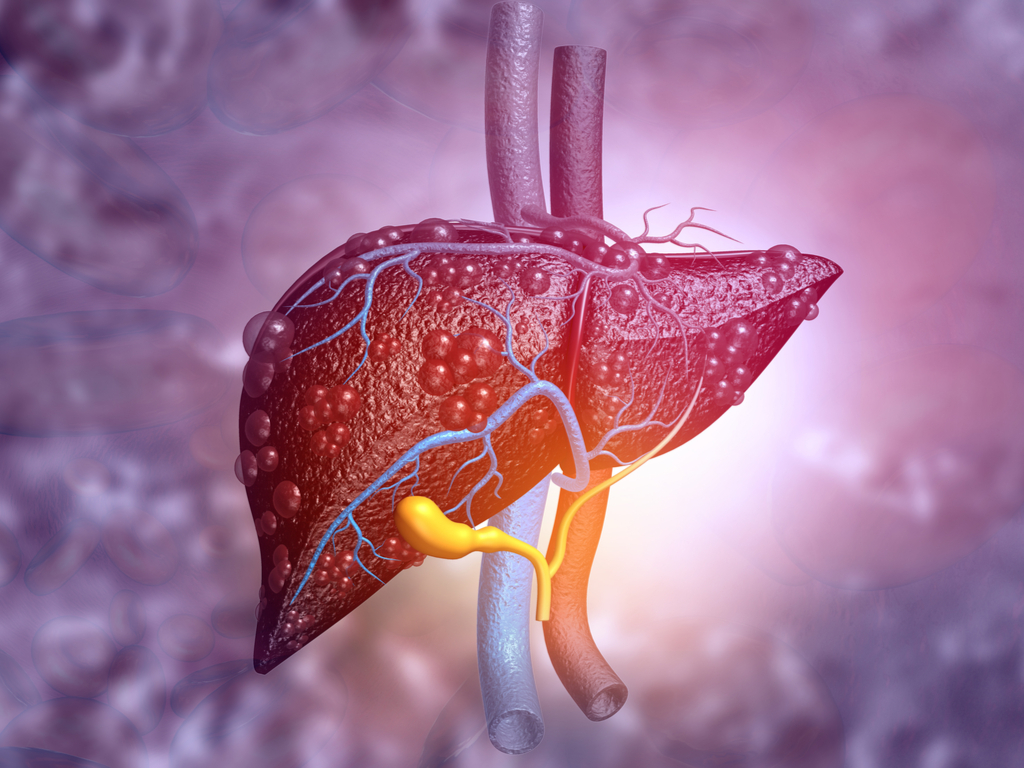When you buy through contact on our site , we may garner an affiliate perpetration . Here ’s how it works .
Women ’s fallopian tubes and ovaries were once thought to be barren of bacteria , but a humble new study find that these microorganisms do live course in this part of the reproductive tract .
What ’s more , the findings propose that charwoman withovarian cancermay have different , more harmful bacteria in their fallopian tube and ovaries , but much more research is needed to confirm this idea , the investigator said .

In the written report , the investigator study tissue sampling from 25 woman who had been through menopause and were undergoing surgery to have their uterus , fallopian tubesor ovary remove . Some of the patient role had ovarian Crab , and some did not .
The samples were obtained under unimaginative conditions , and were immediately frozen in fluid nitrogen to ensure that they were n’t contaminated with bacteria during collection , said study co - author Dr. Wendy Brewster , director of the University of North Carolina at Chapel Hill ’s Center for Women ’s Health Research . The researchers used genetical sequencing to key the case of bacteria in the fallopian subway and ovaries .
The result showed that there were bacterium in this part of the generative tract , and that there were different types of bacterium living in the fallopian tubes versus in the ovary . [ 7 fact Women ( And Men ) Should Know About the Vagina ]

" We found that the upper procreative tract is not aseptic , and that bacterium do really be there , " sketch carbon monoxide - author Temitope Keku , a prof of medicine at the University of North Carolina at Chapel Hill , enunciate in a assertion .
The cogitation also paint a picture that there were remainder in the bacteria in the woman with ovarian cancer compare with the bacterium in the women without Cancer the Crab . However , it ’s possible that these differences were due to hazard , and more research is needed to confirm the finding and to look into whether the bacteria in these sites could affect women ’s cancer risk , the researchers said . It ’s potential that the changes in bacterium happened after the patients developed cancer , the investigator noted .
Thenew studywill be represent today ( June 6 ) at the American Society of Clinical Oncology ’s ( ASCO ) annual meeting in Chicago . It has not yet been published in a scientific journal .

To confirm their findings , the researchers plan to recapitulate their field in a larger group of cleaning woman , Brewster sound out .
The bailiwick adds to other recent evidence that the fallopian pipe and ovaries are not aseptic . A written report published in theMay 2015 issueof the diary Obstetrics & Gynecology also found bacterial settlement in the upper parts of the female procreative nerve pathway .
Original article onLive scientific discipline .
















